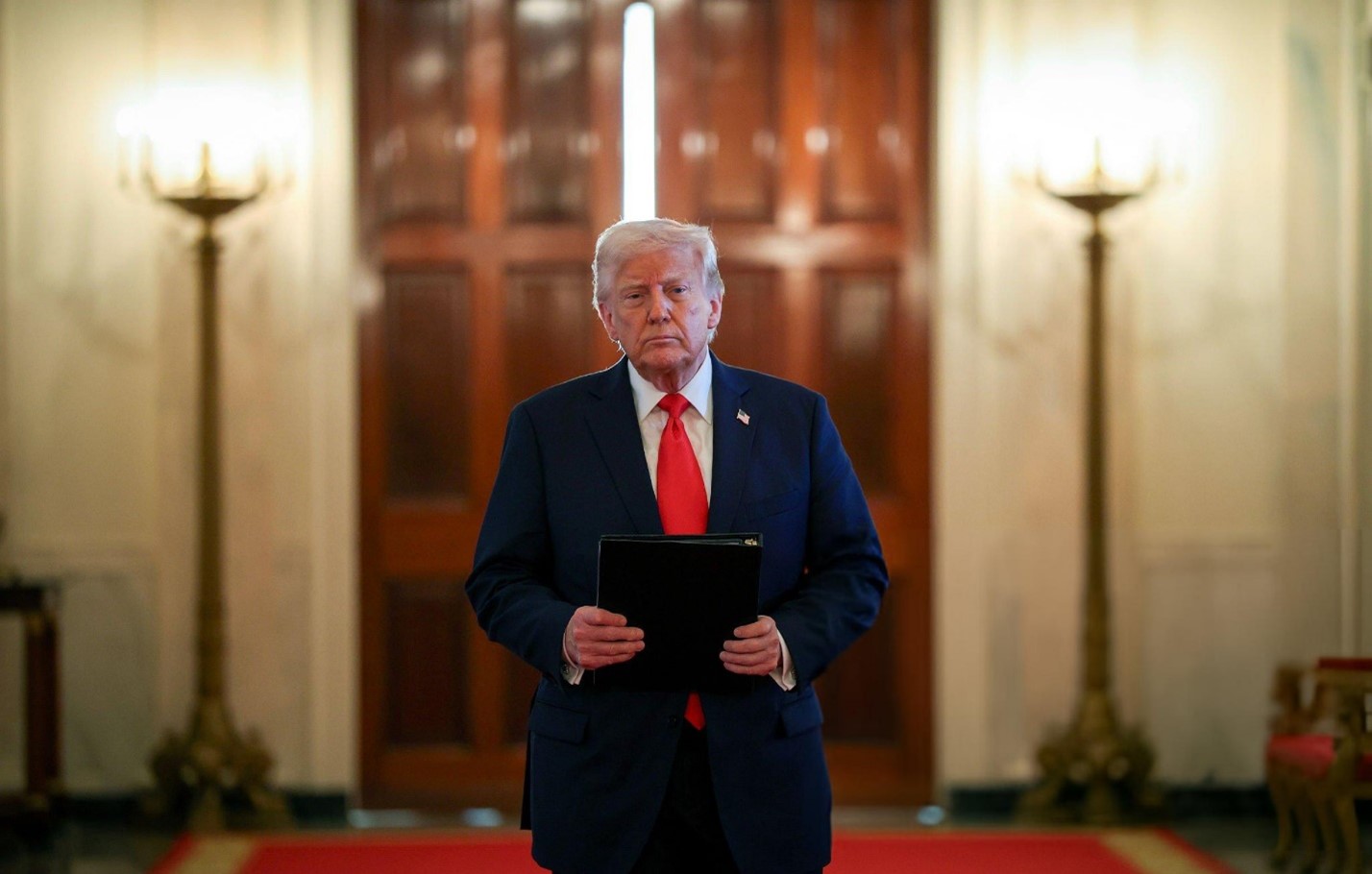China has condemned former US President Donald Trump’s latest trade manoeuvre as “threats and blackmail” following a White House document that created widespread confusion about whether Chinese exports could face tariffs as high as 245%.
Trump, who recently returned to the White House, has ordered a sweeping probe into all US imports of critical minerals, citing national security risks and accusing China of market manipulation. The move marks a significant escalation in trade tensions and could potentially usher in a new wave of economic protectionism, particularly targeting the minerals sector.
However, it was a White House-issued fact sheet that ignited international speculation. The document, which summarised the new order and outlined tariff levels, stated that “China now faces up to a 245% tariff on imports to the United States as a result of its retaliatory actions.”
The wording led to confusion in global markets, with analysts and media outlets initially interpreting the statement to mean that tariffs on Chinese goods — possibly critical minerals — were being hiked from the current 145% to an unprecedented 245%.
But White House officials later clarified that the 245% figure applied only to a narrow range of medical items, such as syringes and needles, rather than across the board.
The lack of clarity was not helped by Trump’s unpredictable approach to tariffs, including a recent reversal on proposed levies against several key US allies. His history of sudden trade decisions continues to leave both foreign governments and businesses uncertain about the future direction of American policy.
In Beijing, Chinese officials were quick to express frustration. Speaking at a regular press briefing, Foreign Ministry spokesperson Lin Jian said:
“You can ask the US side for the specific tax rate figures. But what we urge is for the United States to stop threats and blackmail, and return to the path of dialogue and cooperation.”
China is the world’s dominant producer and processor of over 30 of the 50 minerals considered critical by the US Geological Survey — including rare earths, cobalt, nickel and graphite. Many of these are essential for the defence industry, green technologies, and high-tech manufacturing.
The Trump administration’s investigation, led by Commerce Secretary Howard Lutnick, will be carried out under Section 232 of the Trade Expansion Act of 1962 — the same statute Trump invoked in his first term to place global tariffs on steel and aluminium.
According to the new executive order, the US’s “excessive dependency” on foreign sources for critical minerals poses risks to “national security, defence readiness, price stability, and economic prosperity.”
Lutnick now has 180 days to complete a national security review, after which Trump could choose to impose new tariffs based on the findings. Any such tariffs would override the “reciprocal” levies introduced earlier this month, a White House official confirmed.
The review will examine how foreign actors, particularly China, may be distorting mineral markets, and what steps Washington can take to shore up domestic supply — from new mining initiatives to boosting recycling efforts.
The US currently produces only limited quantities of lithium and has just one operational rare earths mine. It lacks domestic nickel smelting capabilities and has no cobalt mines or refineries, leaving it heavily reliant on imports.
In retaliation to previous tariffs, China has recently imposed restrictions on exports of rare earths — a move that has exacerbated supply concerns in Washington.
Rare earths, a group of 17 metals, are essential for a wide range of technologies including electric vehicles, defence systems, wind turbines, and consumer electronics. Given China’s near-total dominance in the processing of these materials, the stakes for global supply chains are high.
Meanwhile, officials in the UK are reportedly scrambling to secure exemptions from possible US tariffs that could hit the British pharmaceutical sector — another sign of the wide-ranging consequences of Trump’s latest trade offensive.
As the dust settles over the ambiguous “245% tariff” statement, what remains clear is that tensions between the world’s two largest economies are rising once again — with critical minerals at the heart of the geopolitical tug-of-war.






